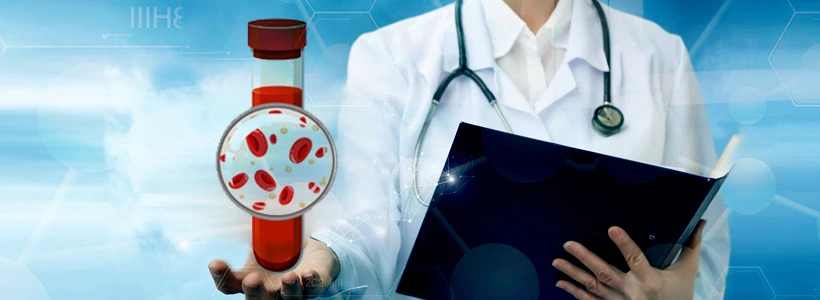
11 Aug 2025 | 8:14 AM
Childhood blood disorders are more common than most people think. Conditions like anemia, thalassemia, hemophilia, and even childhood leukemias can sometimes start with vague symptoms—tiredness, pallor, infections, or easy bruising. Because these symptoms can mimic common illnesses, early warning signs are often overlooked.
I always encourage parents to pay close attention to persistent or unusual patterns. Is your child getting frequent infections? Do they look pale even after good nutrition? Are there bruises that can’t be explained by normal play? These signs should not be ignored.
Early diagnosis can make a profound difference. For example:
Many of these conditions are treatable and even curable. But timing is crucial.
That’s why I advocate for increased awareness, early screening (especially in high-risk families), and specialist consultation. In our practice at Narayana Health City, we have access to advanced diagnostic tools—genetic testing, flow cytometry, molecular diagnostics—which allow us to identify the condition with precision and without delay.
As a mother and a doctor, I understand how deeply parents care for their child’s well-being. My message is simple: If something feels wrong, seek answers. Ask questions. Get tested. The earlier we know, the stronger our chances to help your child lead a healthy, full life.